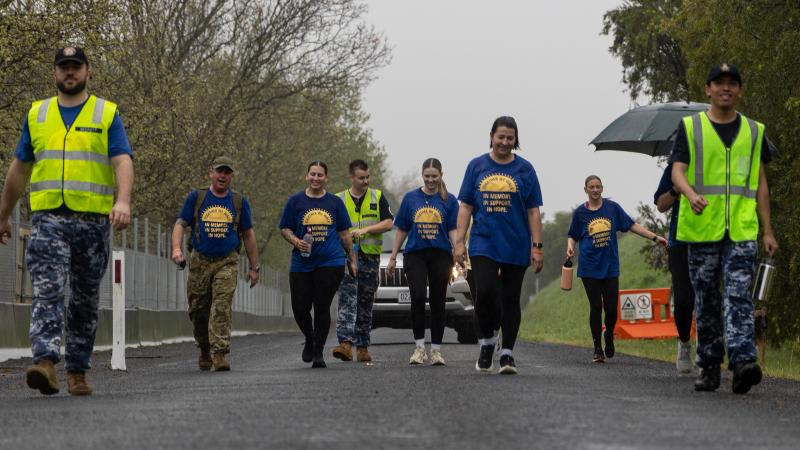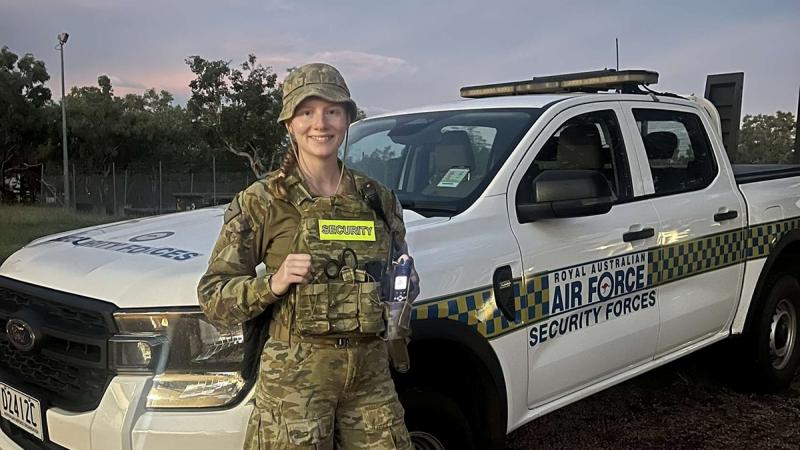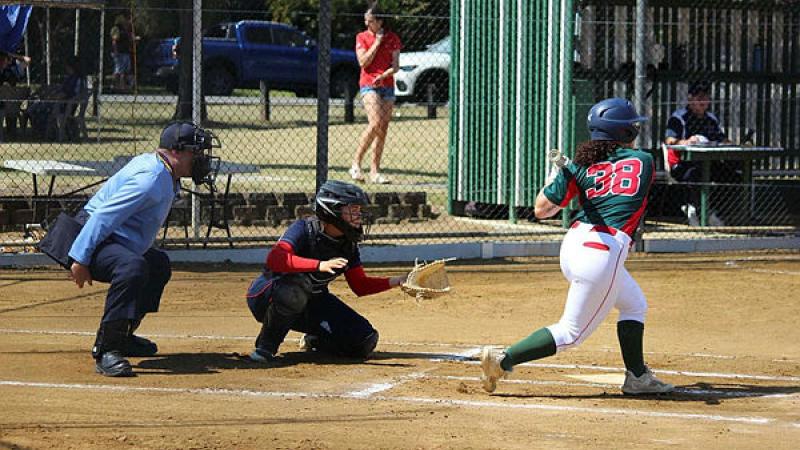4 September 2025
Recipients of the Jonathan Church Good Soldiering Award (JCGSA) have retraced the route of the single worst atrocity inflicted on Australian soldiers during World War 2, cycling and walking 177 kilometres of the Sandakan Death Marches in Borneo, Malaysia.
More than 2430 Allied prisoners of war, most of them Australian, were forced by the Imperial Japanese Army into a series of brutal marches from Sandakan to Ranau, over 260 kilometres of jungle track.
Australian Army medic and JCGSA ambassador Corporal Meghan Manuzic said the most challenging aspect was learning what happened to the prisoners.
“Understanding the conditions, the extremes they endured, the brutal beatings, the daily hardships, the illness and malnutrition, was deeply confronting,” Corporal Manuzic said.
What started with two days of cycling up and down endless hills in the heat was followed by six days of trekking through the jungle.
JCGSA recipient and medic Corporal Sarah Kerr said many prisoners had no boots or clean water while being forced through a hostile jungle that she also experienced.
“As you moved through, you were constantly slipping, trying to grab on to something, only to grab a branch covered in spikes,” Corporal Kerr said.
Leeches were ever present, slipping under her boots' blousing and only discovered hours later.
“You just keep moving forward,” she said.
Prisoners too sick to continue were killed. Of those who pushed forward, six escaped, helped by locals and rescued by Allied units.
'I now view this group as custodians of that history, helping to increase awareness and understanding of what happened here.'
The few who made it to the end in Ranau were murdered by their captors in the weeks after Japan’s surrender.
A goal for JCGSA recipient Sergeant Nathanael Bull, also a medic, was to learn the history alongside experiencing the physical exertion. This was achieved by visiting memorials and museums between jungle legs.
“It’s harrowing to hear excerpts from survivors about how they were treated,” Sergeant Bull said.
“I now view this group as custodians of that history, helping to increase awareness and understanding of what happened here.”
One takeaway for JCGSA recipient and storeperson Corporal Rebecca Ross was that in Army, during hardship, you are never on your own. Her insight was inspired by stories of camaraderie, sacrifice and mateship.
Corporal Ross also learnt about herself through many kilometres of hiking in heat and humidity.
“You can trip over a log or a root, and in a split second it feels like your whole world is ending. Then you put that in perspective to what the POWs [prisoners of war] went through,” she said.
“So, you pick yourself up, take the next step, and tell yourself, ‘No, you can do this’.”
The trek made up the longest distance an ADF group has covered along the death-march route since World War 2.
The study tour included a section of track discovered in 2009, which had only been walked once before by foreigners in 2011.
Known as the Lolosing, the section included a five-kilometre walk through rocky riverbeds, and a steep mountainous ascent through thick vegetation that required machetes to clear.
“Traversing the re-entrant and getting to the top was memorable. I don’t recall spending such a considerable amount of time on my hands and knees going up a feature before,” Sergeant Bull said.
For Corporal Manuzic, the Lolosing was a spiritual experience.
“I think what stood out the most was when we were in the middle of the Lolosing, it was eerily still. Silent,” she said.
“For me, it felt like the jungle and everything in it was holding a minute’s silence, a constant silence, because those soldiers should never be forgotten.
“By acknowledging the spirits here in the jungle, we can take them home with us, where Australia will always be their home.”


